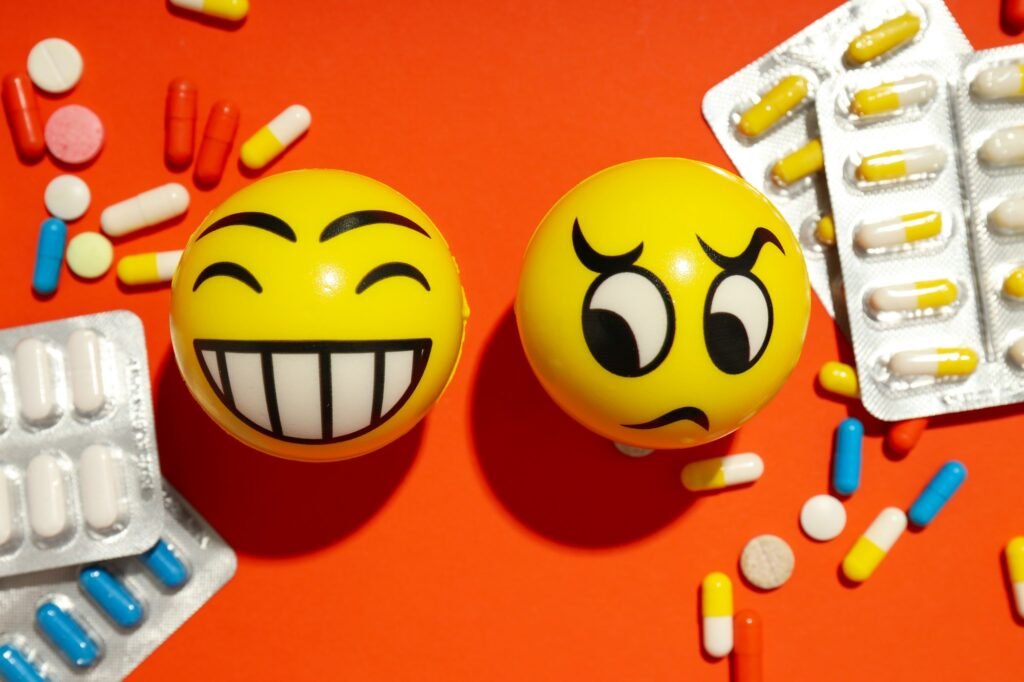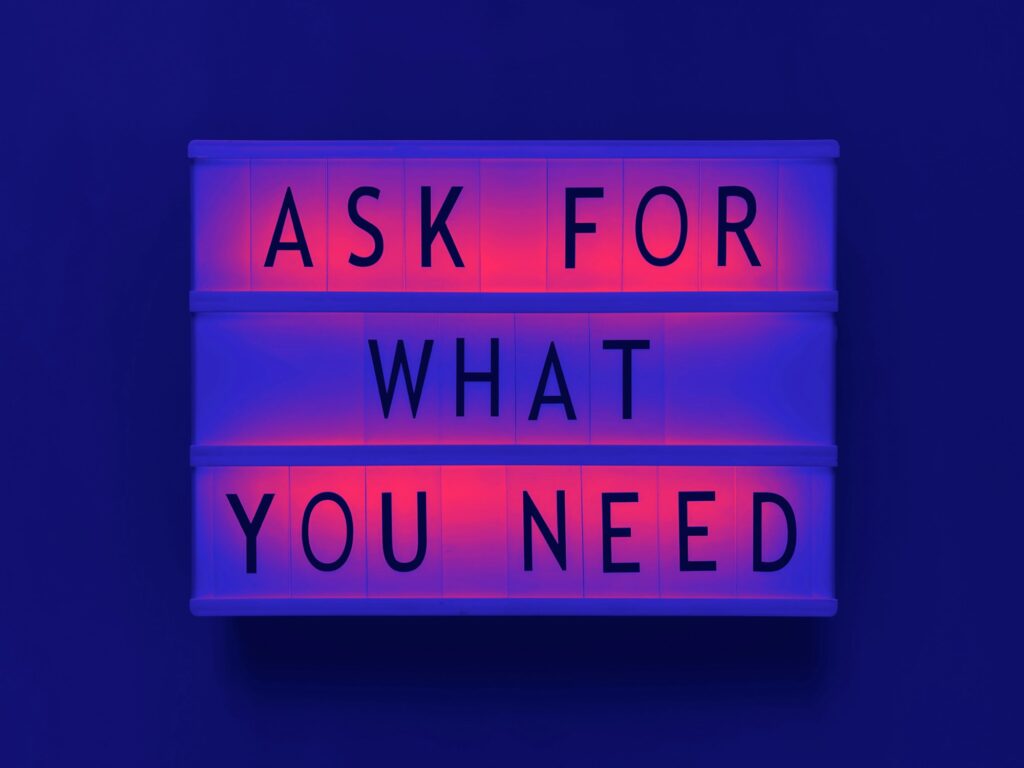How I Transformed My Life After Years of Misdiagnosed Bipolar Disorder

For years, I struggled with depression—or at least, that’s what I thought. Doctors prescribed me medications, adjusted dosages, and swapped out pills endlessly. I faithfully followed their guidance, hoping for relief. Yet, despite taking up to 28 pills a day at one point, my life never felt stable. I was either weighed down by sadness or overwhelmed by surges of energy that, while creative, left destruction in their wake. It wasn’t until I was diagnosed with bipolar disorder—years after my initial depression diagnosis—that everything began to make sense.
A Long-Awaited Diagnosis
Looking back, the signs were always there: bursts of creativity in the middle of the night, an inability to save money, anger outbursts that came out of nowhere, and short sleep cycles where I still felt full of energy. These highs were often followed by devastating lows, making it impossible to feel grounded or in control of my life. When I was finally diagnosed with bipolar disorder, it was like a light bulb went off. Suddenly, I could see the patterns that had governed my life for so long.
The realization was liberating but also overwhelming. How could I heal after so many years of being treated incorrectly? Was I doomed to live in this cycle of manic highs and depressive lows forever?
Breaking Free from Medication
The turning point came when I decided to reevaluate my reliance on pharmaceuticals. I was taking 11 tablets a day, for five medications—each one meant to “help” me, yet I felt disconnected from myself. I had medications o put me to sleep, and medication to help me wake up – crazy stuff! My mind was foggy, my body was sluggish, and deep down, I knew something wasn’t right. Despite what my conscious mind told me—that these medications were “good” for me—my intuition screamed otherwise. I realized I needed to take a different path, one that focused on healing my entire being: mind, body, and soul.
Discovering Meditation and Emotional Release
I knew I couldn’t just stop taking medication without having a plan. So, I started meditating. At first, it felt impossible to quiet my racing thoughts or sit still long enough to focus on my breath. But I forced myself to show up, day after day, until it became a habit. Meditation became my refuge—a space where I could observe my emotions without judgment and begin releasing years of accumulated negativity.
It wasn’t easy. I had to confront the emotional attachments I had been holding onto since childhood—anger, shame, and guilt that had shaped my identity. Some of these felt so deep-rooted, it was as if they came from past lives. Letting go wasn’t immediate, but each meditation session brought a little more clarity and lightness.
Aligning with the Natural Rhythm of the Sun
One of the biggest changes I made was aligning my daily schedule with the natural rhythm of the sun. I started going to bed by 9 PM and waking up at 4 AM, which completely transformed my energy levels. The early morning hours became my sacred time—a quiet, peaceful space to meditate, journal, or simply reflect. Rising with the sun helped me feel more grounded and connected to the world around me.
The Power of High-Vibrational Food and Structured Water
As I began to heal emotionally, I turned my attention to my physical health. I started learning about organic, high-vibrational foods and how they can impact our energy levels and overall well-being. Processed foods and artificial ingredients were out; fresh, whole, and nutrient-dense foods were in.
I also discovered structured water, often called “living water,” which is believed to have a more natural molecular structure that the body can absorb more easily. By incorporating these changes, I noticed a dramatic improvement in my energy, focus, and overall vitality. It was as if my body was finally getting the fuel it needed to thrive.
Releasing Trauma with NLP
While meditation helped me calm my mind, I realized I needed additional tools to address the deeper layers of my emotional pain. That’s when I discovered Neuro-Linguistic Programming (NLP). I worked with a brilliant healer who guided me through sessions that allowed me to release buried trauma and reframe negative thought patterns.
NLP gave me something meditation alone couldn’t: a framework for understanding and transforming the subconscious beliefs that were keeping me stuck. With each session, I felt more empowered to make conscious choices rather than being controlled by my emotions. This was a turning point in my journey—not just for managing bipolar disorder but for living a more intentional, fulfilling life.
A Holistic Lifestyle That Changed Everything
It’s been two years since I made these changes, and the results have been life-changing. I haven’t had a single bipolar episode during this time. My diet is healthier than ever, I’ve lost 30 pounds, and I feel more focused and aligned with my purpose. I feel creative and not weighed down by the medication. I am happier, calmer and my relationships are better. But beyond the physical and mental improvements, I’ve found a sense of peace and clarity that I never thought was possible.
Here’s a snapshot of what my holistic lifestyle looks like today:
- Meditation: Daily sessions help me stay centered and aware of my emotions.
- High-Vibrational Food: I prioritize organic, nutrient-dense meals that fuel my body and mind.
- Structured Water: Staying hydrated with high-quality water keeps my energy balanced.
- Sun Rhythms: Aligning my sleep schedule with the sun enhances my natural energy cycles.
- NLP: Regular sessions allow me to continue releasing emotional baggage and growing as a person.
- Gratitude Meditation: Nightly sessions allow me to thank my higher self and my Guardian Angels.
The Problem with Pharmaceuticals
Looking back, I understand why I relied on medication for so long. It felt like the only option. But what I’ve learned is that pharmaceuticals often treat the symptoms, not the root cause. They can mask the problem temporarily but may leave you feeling disconnected from your true self. For me, healing came when I chose to address my mind, body, and spirit as a whole—not just silence the symptoms.
The Problem with Medical Professionals
One of the significant challenges with medical professionals today is the over-reliance on standardized drug protocols, where prescriptions often become a default solution rather than addressing the root cause of health issues. The pharmaceutical industry’s influence exacerbates this, as many medical professionals receive incentives or funding for promoting specific drugs, raising concerns about potential conflicts of interest. Additionally, for mental health, the process of prescribing medication often feels like a guessing game—trial and error based on symptoms rather than tailored solutions. This can leave patients feeling frustrated and disconnected, as the underlying causes of their mental and emotional struggles remain unaddressed.
While there are valid concerns about the standard practices in the medical field, it’s also important to acknowledge the many dedicated professionals who prioritize patient care and well-being above all else. These practitioners go beyond prescribing medications, taking the time to truly understand their patients and explore tailored solutions that address the root causes of health issues. Many of them have seen remarkable results by combining their medical expertise with a patient-centered approach, focusing on achieving positive, lasting outcomes. These professionals serve as a reminder that compassionate, individualized care is possible, and they are making a profound difference in the lives of those they treat.
A Message to Others
If you’re struggling with anxiety, depression, bipolar disorder, or any other mental health challenge, know that you’re not alone. Healing is deeply personal, and there’s no one-size-fits-all solution. My journey is a testament to the fact that healing is possible, even after years of misdiagnosis and frustration. The path isn’t easy, and it won’t look the same for everyone. But by exploring more wholesome and holistic methods and trusting your intuition, you can find a way forward that feels authentic and sustainable.
Final Thoughts
Today, I feel more alive and connected than ever before. I’ve learned that true healing comes from within—not from a pill or a quick fix but from a commitment to nurturing your mind, body, and soul. My journey isn’t over, but I’m grateful for the lessons I’ve learned along the way. If you’re ready to take the first step toward holistic healing, I encourage you to listen to your inner wisdom and trust the process. Your transformation is waiting.
Sources
Post, R. M., Frye, M. A., Denicoff, K. D., Leverich, G. S., Kimbrell, T. A., & Dunn, R. T. (1998). Beyond lithium in the treatment of bipolar illness. Neuropsychopharmacology : official publication of the American College of Neuropsychopharmacology, 19(3), 206–219. https://doi.org/10.1016/S0893-133X(98)00020-7
Ventegodt, S., Andersen, N. J., Neikrug, S., Kandel, I., & Merrick, J. (2005). Clinical holistic medicine: holistic treatment of mental disorders. TheScientificWorldJournal, 5, 427–445. https://doi.org/10.1100/tsw.2005.50
Miklowitz D. J. (2008). Adjunctive psychotherapy for bipolar disorder: state of the evidence. The American journal of psychiatry, 165(11), 1408–1419. https://doi.org/10.1176/appi.ajp.2008.08040488









